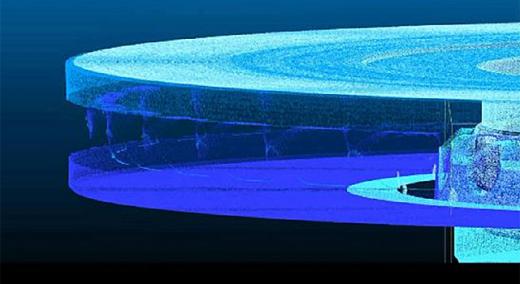To ensure vehicular and pedestrian safety, it’s imperative that brake discs are of superior quality to enable safe braking distances, which is a key metric. Any imperfections on a brake disc can cause safety hazards, heating of the brake assembly, and increased wear and tear. Maintaining tighter tolerances enables superior manufacturing that in turn gets better braking distances, and improved noise, vibration, and harshness (NHV) performance.
|
ADVERTISEMENT |
Surface defects on brake discs are currently inspected by a combination of manual and associated inspection instruments, which can result in quality escapes. Because brake discs rotate at a particularly high speed, even the smallest geometric errors on these components can lead to vibrations and an adverse NHV profile. The result is lower effectiveness and higher wear, which in turn negatively affect driving safety.
…

Add new comment